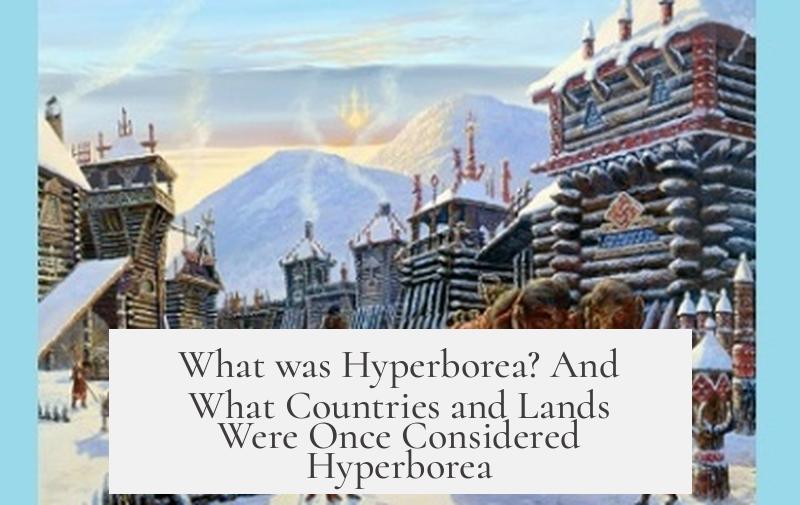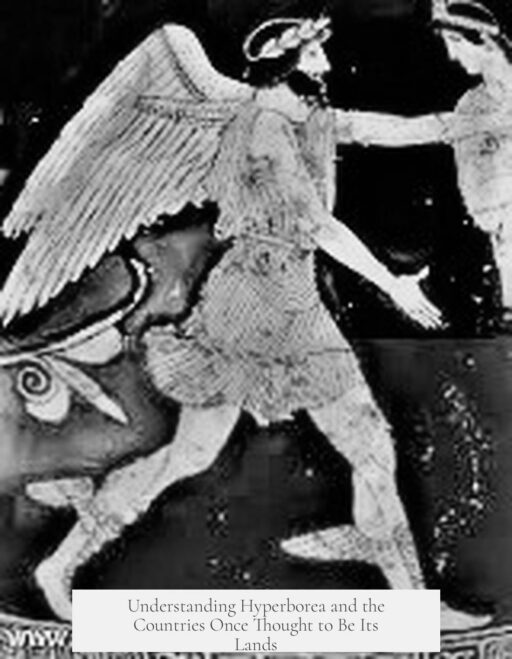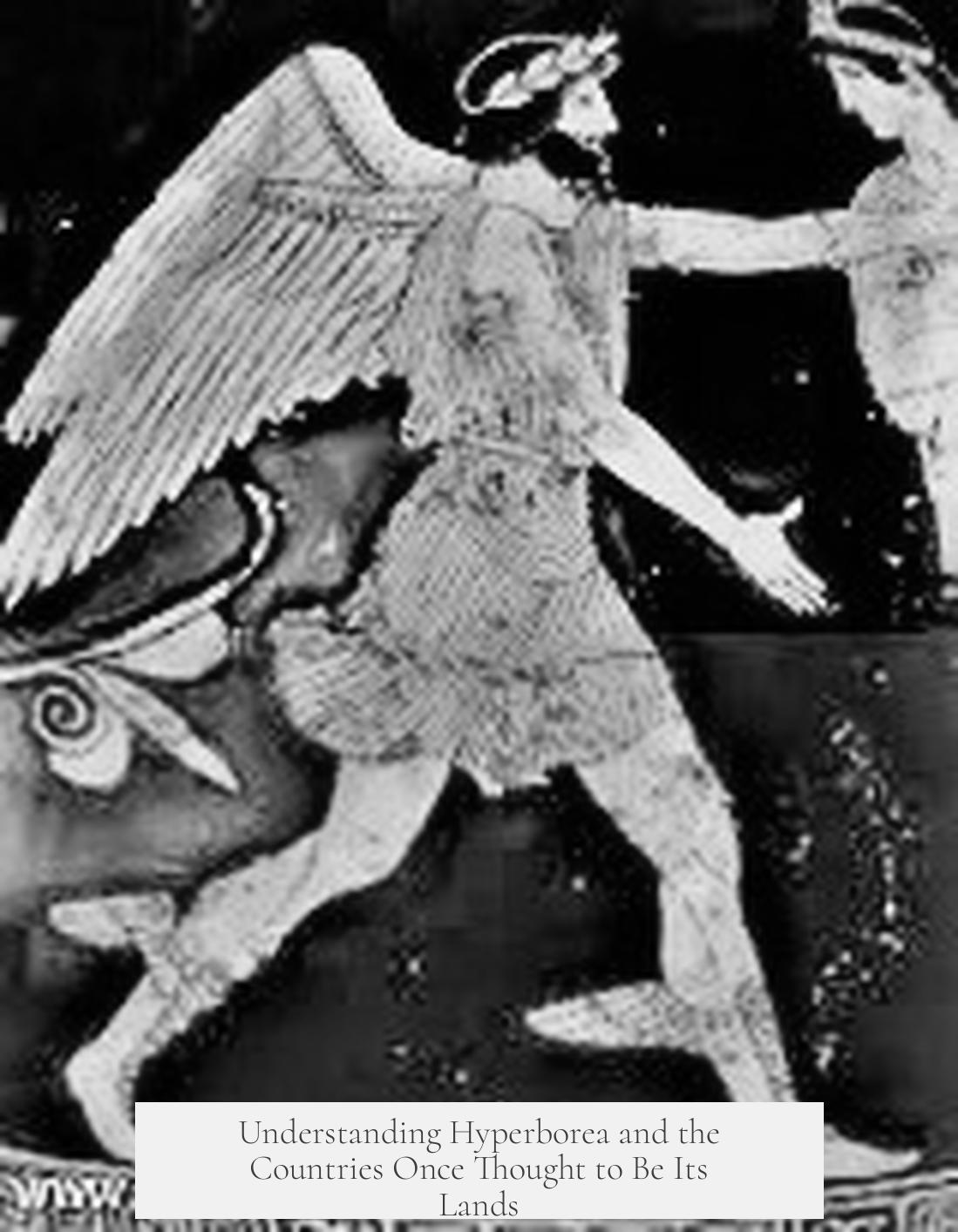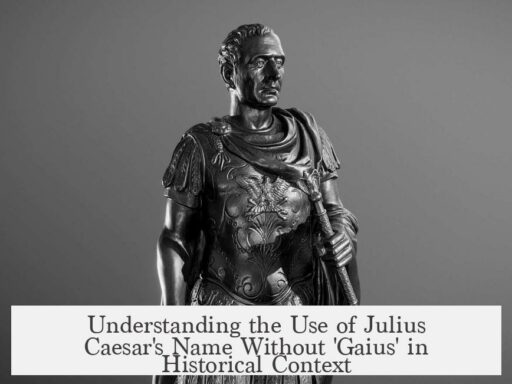Hyperborea was a mythical land described in ancient Greek literature as lying “beyond the north wind,” a place untouched by disease, old age, and strife. It appears in various classical sources like Homeric and Hesiodic poetry but gained prominence through Aristeas of Proconnesus. Hyperborea was never considered a real geographical location but rather a fantastical realm embodying idealized qualities.
Aristeas elaborated on the myth by placing Hyperborea beyond the lands of real peoples such as the Scythians, Issedones near the Aral Sea, and Cimmerians. His narrative describes encounters with mythical beings like the one-eyed Arimaspeans and griffins, who guarded treasures in the regions preceding Hyperborea. This sequence highlights how the Greeks conceptualized Hyperborea as a distant, mysterious far north beyond known territories.
Later classical poets reinforced its legendary status. For example, Pindar’s Pythian odes depict Hyperborea as a paradise where the god Apollo brought sacred objects, including the olive tree of Olympia. Bacchylides recounts Apollo rescuing Croesus to Hyperborea, while Pausanias mentions the first temple of Apollo being transported there, reinforcing the site’s divine association.
Because Hyperborea’s location was symbolic and mythical, ancient writers did not consistently assign it to any known country or land. Rather, it served as a concept of a perfect, remote northern region. Eratosthenes was among the few who treated the idea seriously, even comparing it to “Hypernotians” beyond the south wind, though this view was exceptional. Most geographers and historians, including Herodotus, dismissed Hyperborea as fictional.
| Real Peoples/Regions Near Hyperborea | Description |
|---|---|
| Scythians | Nomadic groups inhabiting the Eurasian steppes north of the Black Sea |
| Issedones | Tribe near the Aral Sea, east of Scythians |
| Cimmerians | Nomadic people south of the Black Sea |
| Hyperborean Land | Mythical land beyond these peoples, depicted as utopia |
The idea of Hyperborea blends geography and mythology. No ancient country or land was concretely identified as Hyperborea. Instead, it functioned as a literary and mythological motif symbolizing a distant, divine northern realm that exceeded the known world’s edges.
- Hyperborea means “beyond the north wind,” denoting a far northern mythical land.
- It appears in ancient Greek literature, especially through Aristeas’ epic travels north of the Scythians.
- The land was described as a perfect place without old age or disease.
- It held no real geographic location but was linked conceptually to areas beyond real northern tribes.
- Ancient scholars mostly dismissed it as legendary, with few exceptions like Eratosthenes.
What was Hyperborea? And What Countries and Lands Were Once Considered Hyperborea?

Imagine a place so far north that the cold wind itself couldn’t reach it—a land free from disease, old age, and wars. That, in essence, is Hyperborea, a mythical realm cloaked in mystery and ancient legend. So, what exactly was Hyperborea? And which countries or lands did ancient scholars think it might be? Let’s dive into this chilly enigma.
The name “Hyperborea” literally means “beyond the north wind.” It sounds like the sort of place where superheroes have their secret hideouts, but in fact, this name may be a bit of a linguistic retro-fit—an elegant explanation created after the fact rather than the original meaning. But regardless of etymology, it caught on.
We first bump into Hyperborea in early Greek literature. It’s mentioned in passing by Homer and Hesiod, two swaggering legends of ancient storytelling. Think of their mentions as brief cameos—like a guest star in a hit TV show. But it truly becomes a star figure in the work of Aristeas of Proconnesus.
Now, Aristeas greatly enjoys pushing boundaries—literally. If you remember Anacharsis, a real-life Scythian philosopher, Aristeas tries to one-up him by saying, “Scythia’s interesting, but what’s beyond it?” His epic tale takes the reader through real lands like Scythia, the Issedones near the Aral Sea, and the Cimmerians. Then, he adds a twist of fantasy by bringing in the one-eyed Arimaspeans (yes, one-eyed!) and even griffins guarding gold. And beyond even these, he places Hyperborea, a land more remote and wondrous.
But here’s the kicker: Hyperborea wasn’t a place you’d find on any map. It was a mythical utopia, a sort of ancient “land of happy endings.” In Pindar’s tenth Pythian ode, Hyperborea is a dreamland where people never get sick, never grow old, and never fight wars. It’s the kind of place you’d want to retire to after dealing with real life’s headaches.
In another mythical touch, Heracles is said to have fetched the sacred olive tree of Olympia from Hyperborea—an interesting way to blend mythology with familiar geography.
The mystery deepens with tales like that of Croesus, the famed king who, according to Bacchylides, was rescued from the fire by the god Apollo and spirited away to Hyperborea. Even Pausanias recounts how Apollo’s oldest temple was whisked off there. All very dramatic, yes, but purely the stuff of legend.
Where Exactly Did People Think Hyperborea Was?
If you imagined Hyperborea as a magical Arctic utopia, you’d be partly right—but remember, it’s never been a solid location.
Ancient writers placed Hyperborea “beyond the north wind,” or beyond the lands of the Scythians. The Scythians themselves lived in parts of what is now Southern Russia and Ukraine. So Hyperborea would be somewhere beyond, perhaps way beyond Siberia, or simply a fantastic notion of the far north.
The geographer Eratosthenes, who was known as the grandfather of geography, entertained the idea seriously. He even countered the skepticism of Herodotus, pointing out that just as there were people “beyond the south wind” (Hypernotians), so it made sense for people to live beyond the north wind—our Hyperboreans.
This shows the Greeks’ genuine curiosity about the unknown world. The imagined Hyperborea was perhaps a way to conceptualize what lay beyond the “known world.” Later geographers sometimes tried to assign real places to Hyperborea, but no conclusive consensus emerged.
So, did any real countries claim to be Hyperborea? Not exactly. It was more a mythical horizon—a boundary beyond the edges of the map where geography, mythology, and imagination met. Modern scholars suggest it was likely inspired by real northern cultures, but blurred by legend.
Why Does Hyperborea Still Capture Our Imagination?
Beyond the factual oddities, Hyperborea symbolizes mankind’s endless quest to understand the unknown. It teaches us about hope and idealism—about imagining a world without illness and conflict.
When we read about Hyperborea today, it’s a reminder that stories shape our worldview. They fuel our desire to explore, expand, and question.
And if you ever feel stressed about your daily grind, just think: somewhere, beyond the north wind, lies a mythical land where no one grows old, no one fights, and Apollo might just be having a calm day. Not bad, right?
Key Takeaways
- Hyperborea means “beyond the north wind” and refers to a mythical northern land.
- It first popped up in Greek poetry and was popularized by Aristeas who blended fact with fantasy.
- It’s described as a paradise without sickness, aging, or war.
- Ancient people placed it beyond the Scythian lands, but it wasn’t tied to any real location.
- Eratosthenes considered Hyperborea plausible; others treated it as legend.
If ancient Greeks were right, and if Hyperborea existed, it would still be the coolest vacation spot—eternal springtime, mystical temples, and not a single email from your boss. Until then, it remains a fascinating part of myth and our collective imagination.




